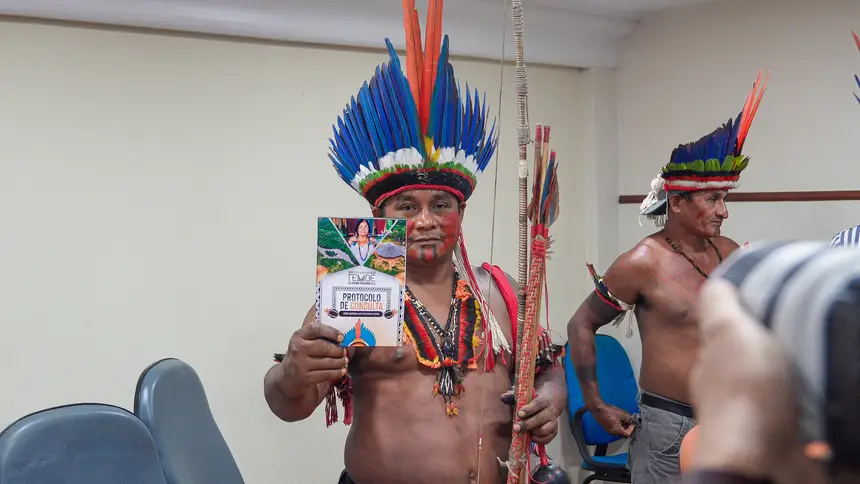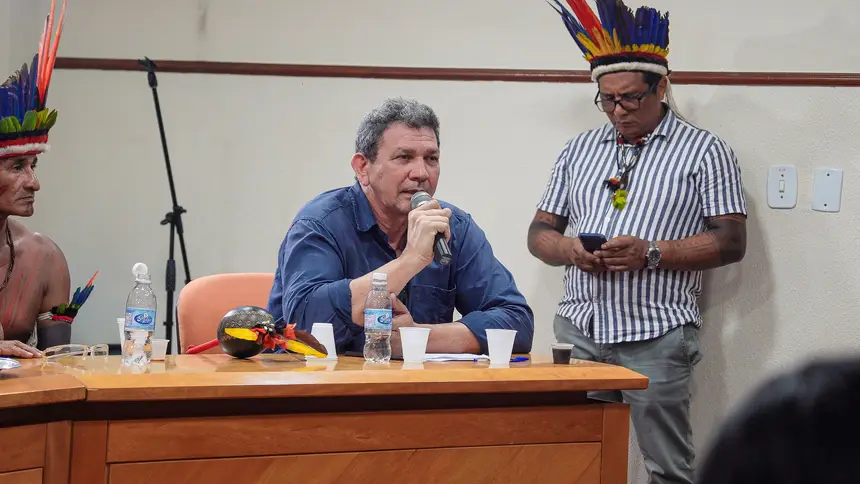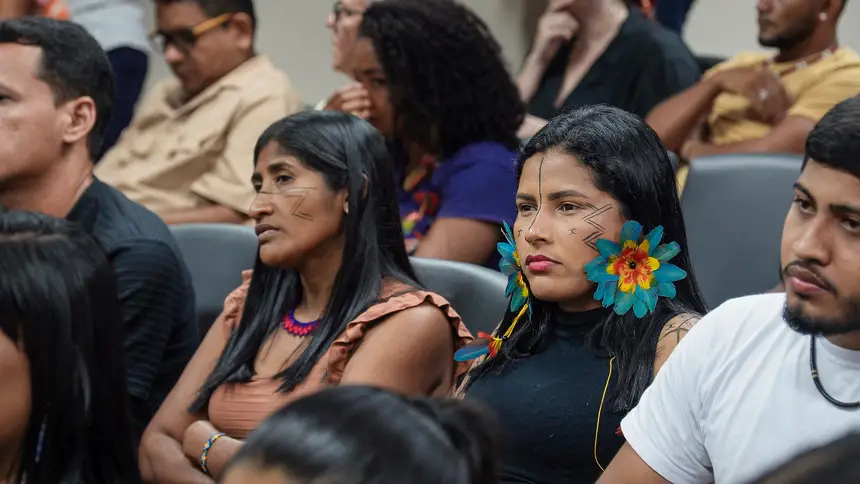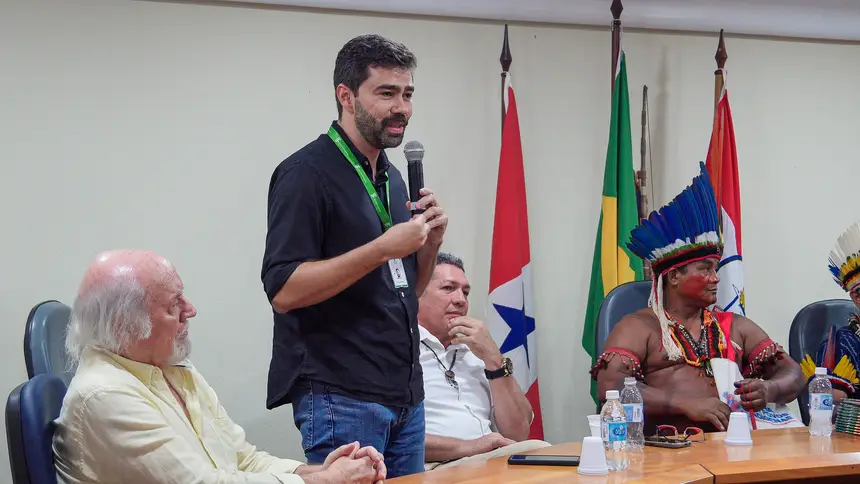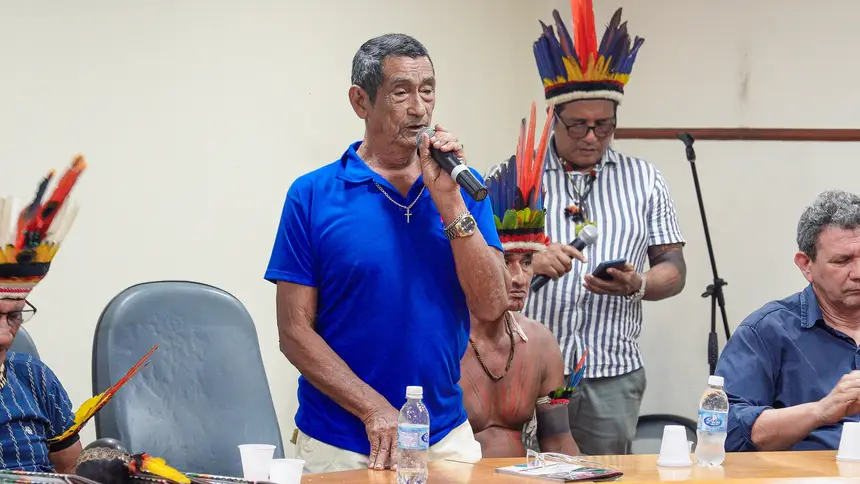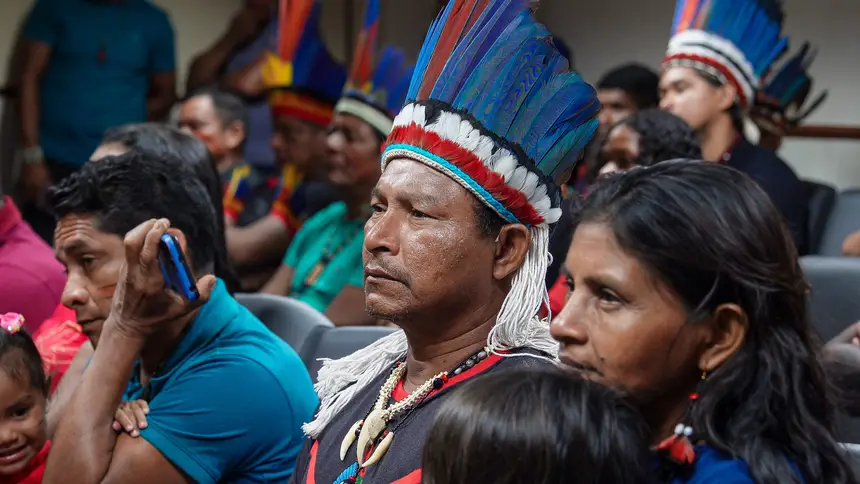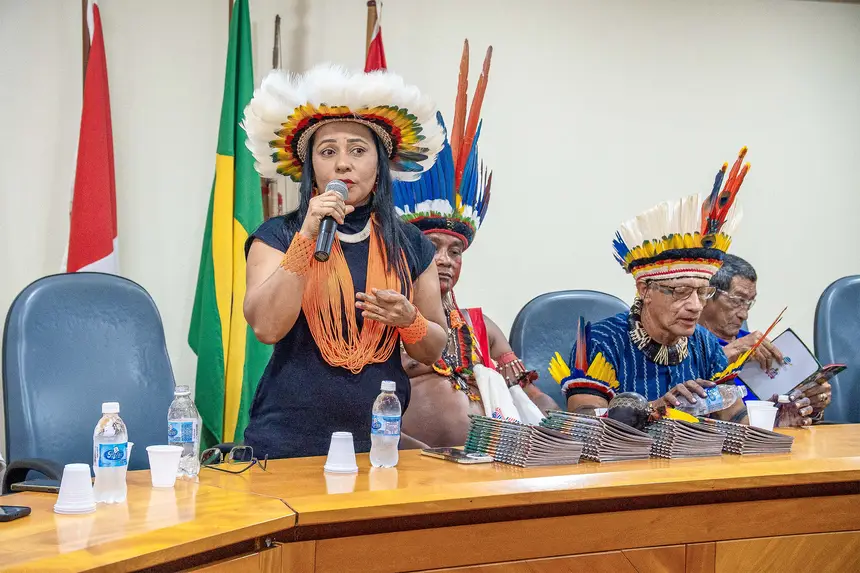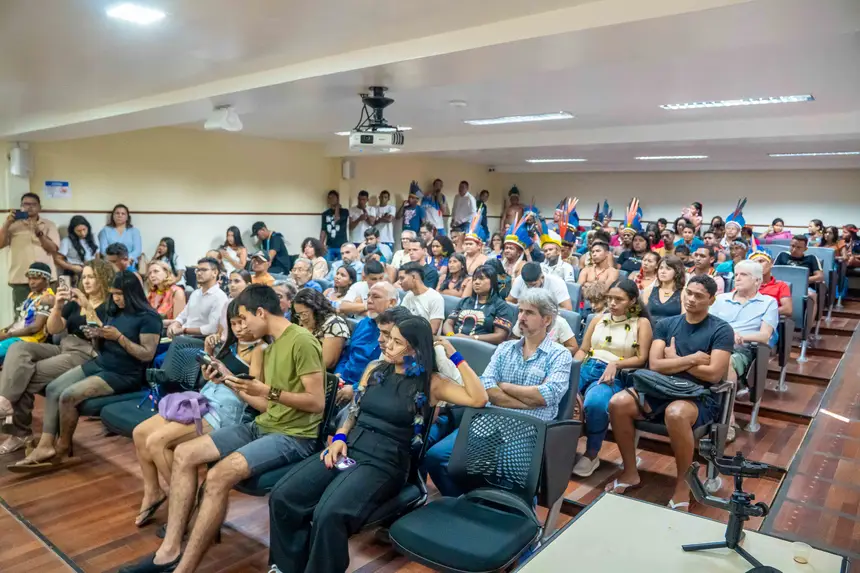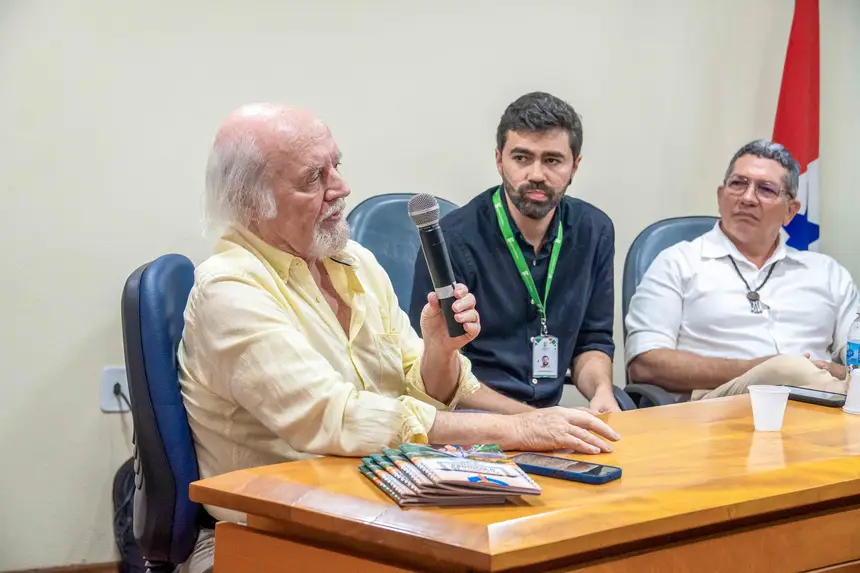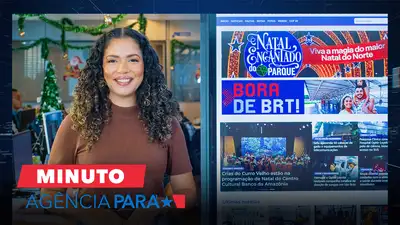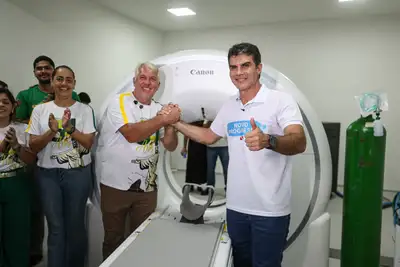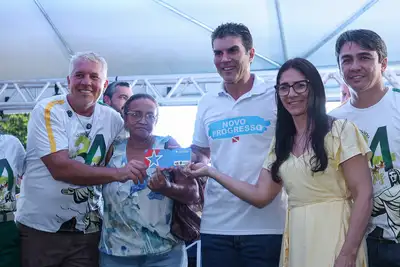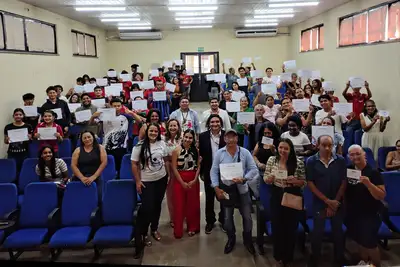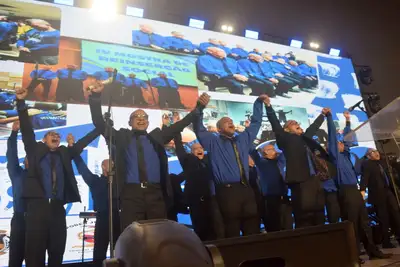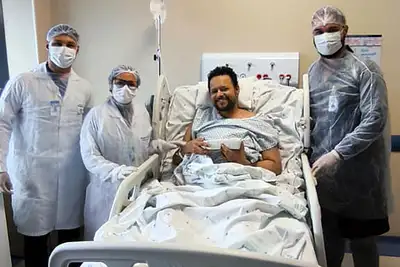Tembé People launches Consultation Protocol to protect territory and culture
The unprecedented document guarantees the right to prior consultation and reinforces the autonomy of indigenous communities in the face of external projects
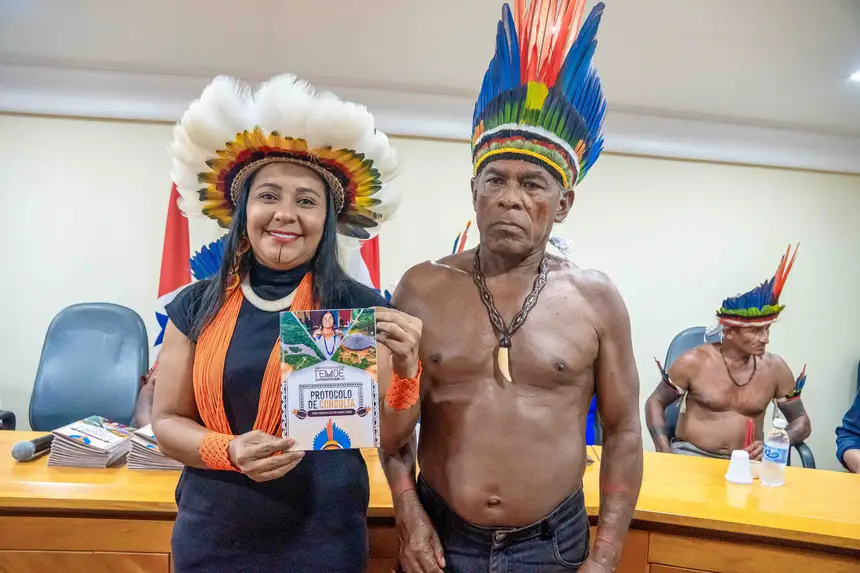
The Tembé People, in partnership with the Tropic in Motion program of the Federal University of Pará (UFPA), launched on Friday (27) the Consultation Protocol of the Indigenous Territory Alto Rio Guamá (Tiarg), during a ceremony held at the Capacit/UFPA auditorium in Belém. The document consolidates a milestone for self-determination and the strengthening of indigenous governance in the State of Pará.
The action brought together more than 60 indigenous people from the Tembé ethnicity, researchers, leaders, and institutional partners. The protocol is a fundamental instrument to guarantee the right to free, prior, and informed consultation on any project that impacts the territory and way of life of indigenous communities. It establishes clear criteria for conducting consultations by public and private institutions, NGOs, research bodies, and journalists.
The Secretary of State for Indigenous Peoples, Puyr Tembé, emphasized the strategic dimension of the document. “This is a document built with collective wisdom and indigenous protagonism. It reinforces that no project can be executed without listening to those who live, care for, and defend the territory. It is also a clear signal that indigenous peoples are prepared to dialogue with the world — whether with institutions, governments, or companies — based on respect, listening, and our culture,” she stated.
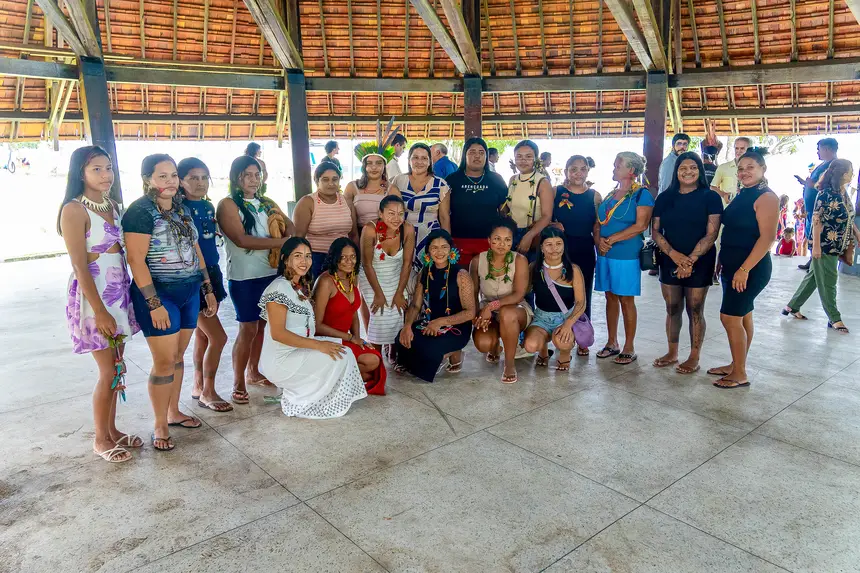
For Wiririhu Tembé, president of the Wahy Paw Rupi Association from the southern region of the territory, the protocol represents an essential tool for valuing indigenous identity. “The protocol is a way to ensure that our culture, our tradition, and everything within our territory is respected,” he pointed out.
The Protocol is the result of a participatory process that traveled through villages such as Cajueiro, Teko Haw, Frasqueira, and Itwaçu, gathering leaders and chiefs in workshops, conversation circles, and listening sessions. A socio-environmental survey conducted in parallel collected data on the social, economic, environmental, and cultural reality of the communities, supporting the content of the document.
The initiative was led by the Tropic in Motion program of UFPA, based on methodologies focused on active listening and the protagonism of indigenous peoples. For Professor Thomas Mischtein, a researcher in the program, the experience demonstrates how indigenous autonomy can influence public policies and legal instruments.
“This event is aligned with the perspective of Tropic in Motion to protect and strengthen indigenous, quilombola, and riverside communities in the Amazon. These peoples are essential protagonists for the future of the region. The idea is for the Tembé People to be prepared to present the protocol to institutions during COP30 in Belém. Institutions that may also be interested in the carbon credit market,” he highlighted.
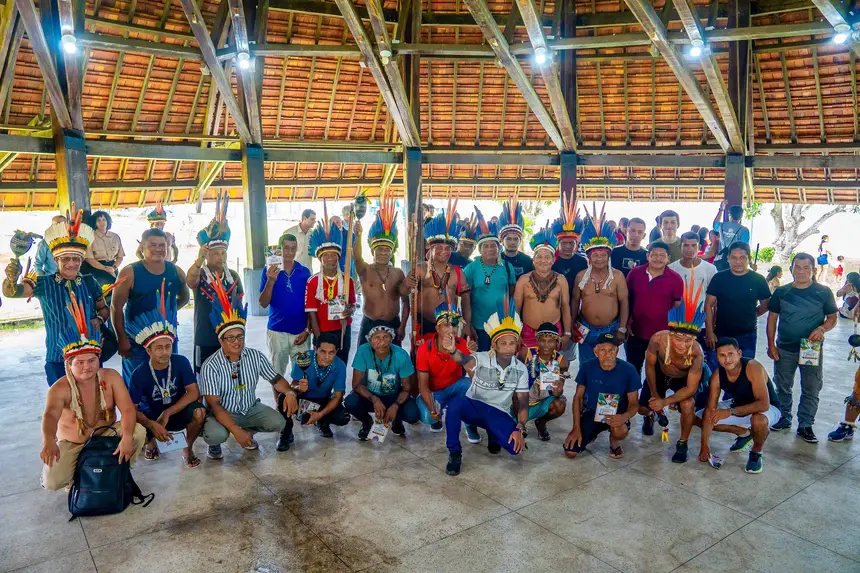
The expectation is that the Protocol will serve as a model for other communities and be used as a legal security tool in the relationships between indigenous peoples and external actors. With the approach of COP30, the document gains even more relevance on the global climate agenda.
The Indigenous Territory Alto Rio Guamá, homologated in 1993, encompasses the municipalities of Paragominas, Nova Esperança do Piriá, and Santa Luzia do Pará. The territory is composed of 38 villages and houses more than 600 indigenous families.
Text: Jaelta Souza - Ascom Sepi


